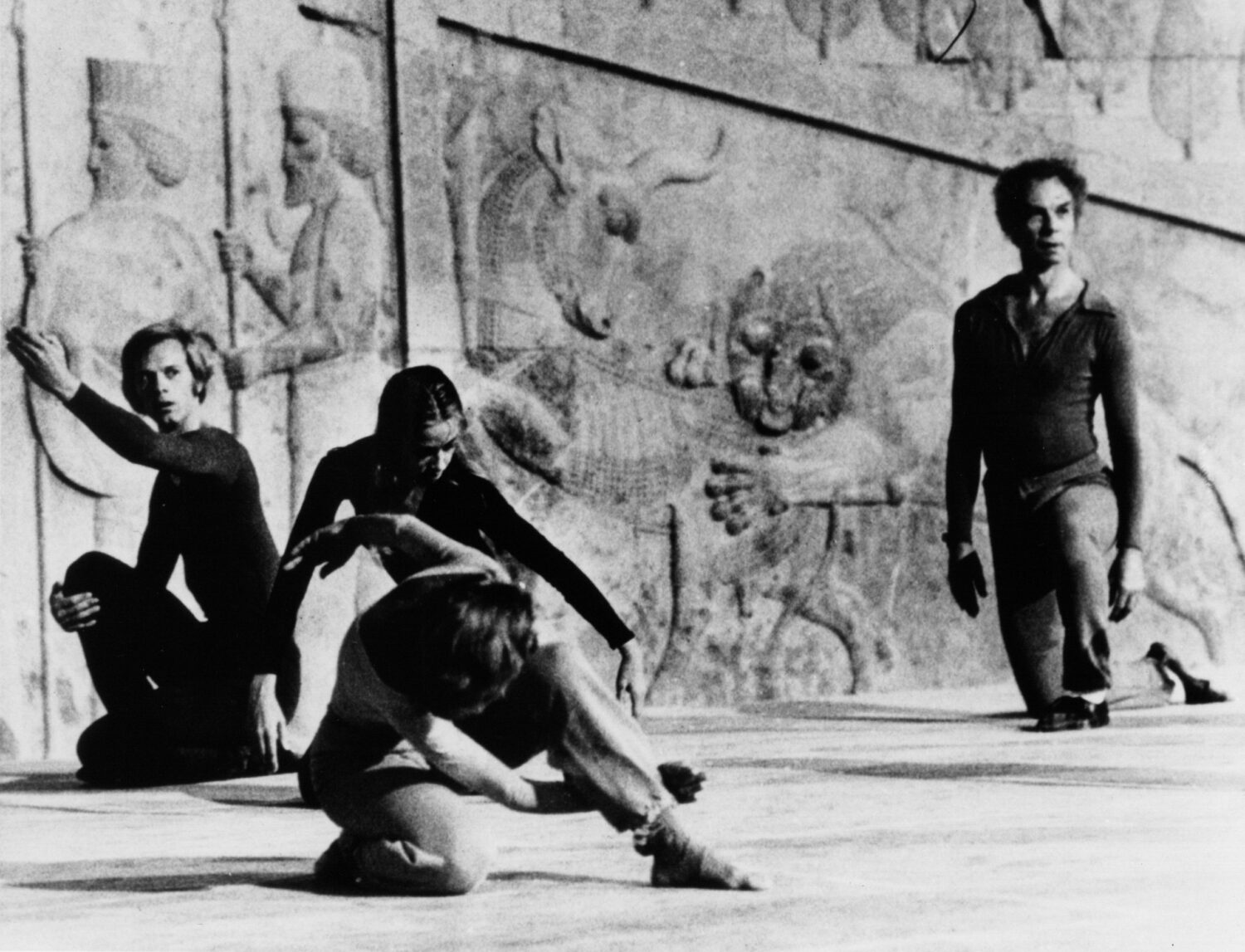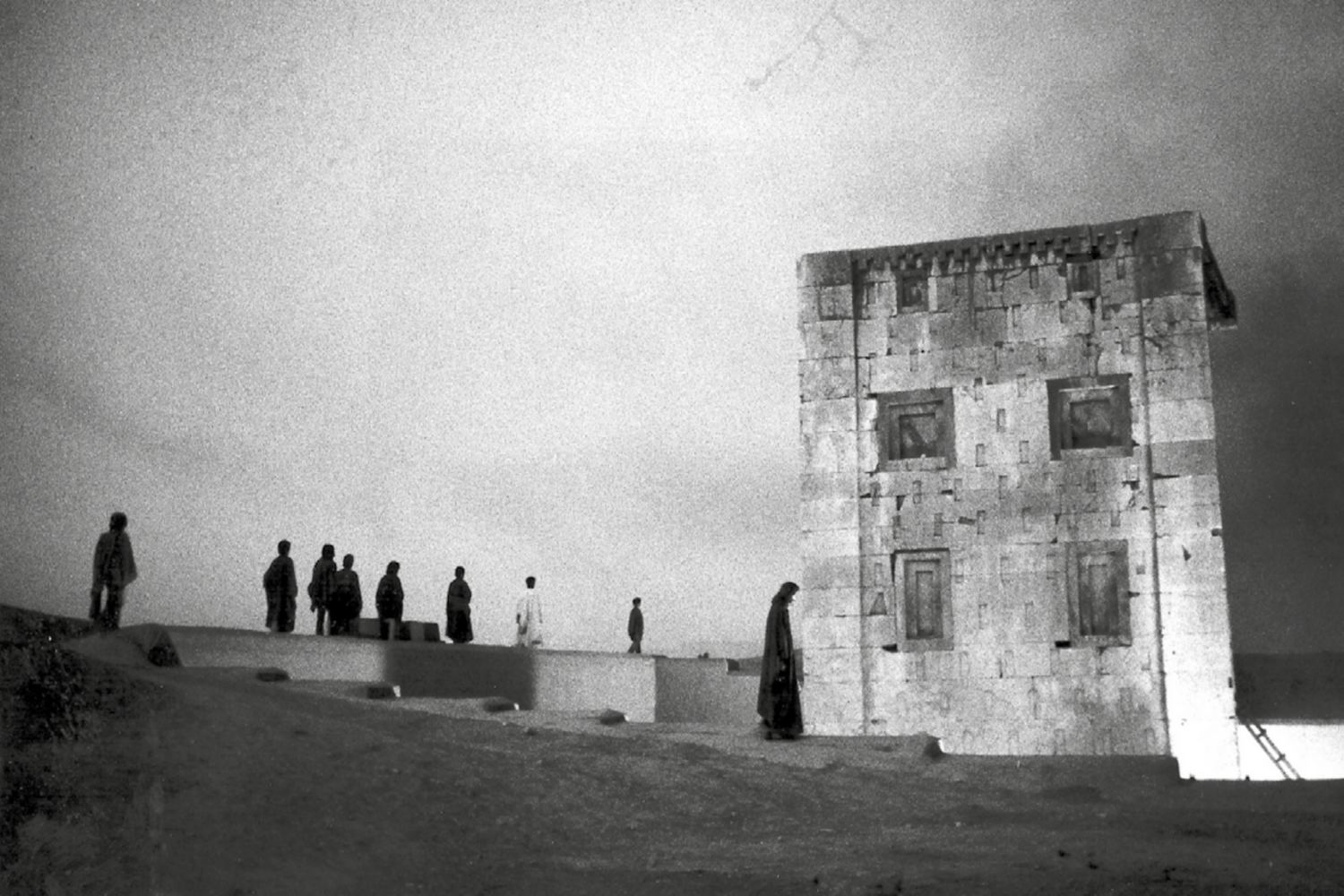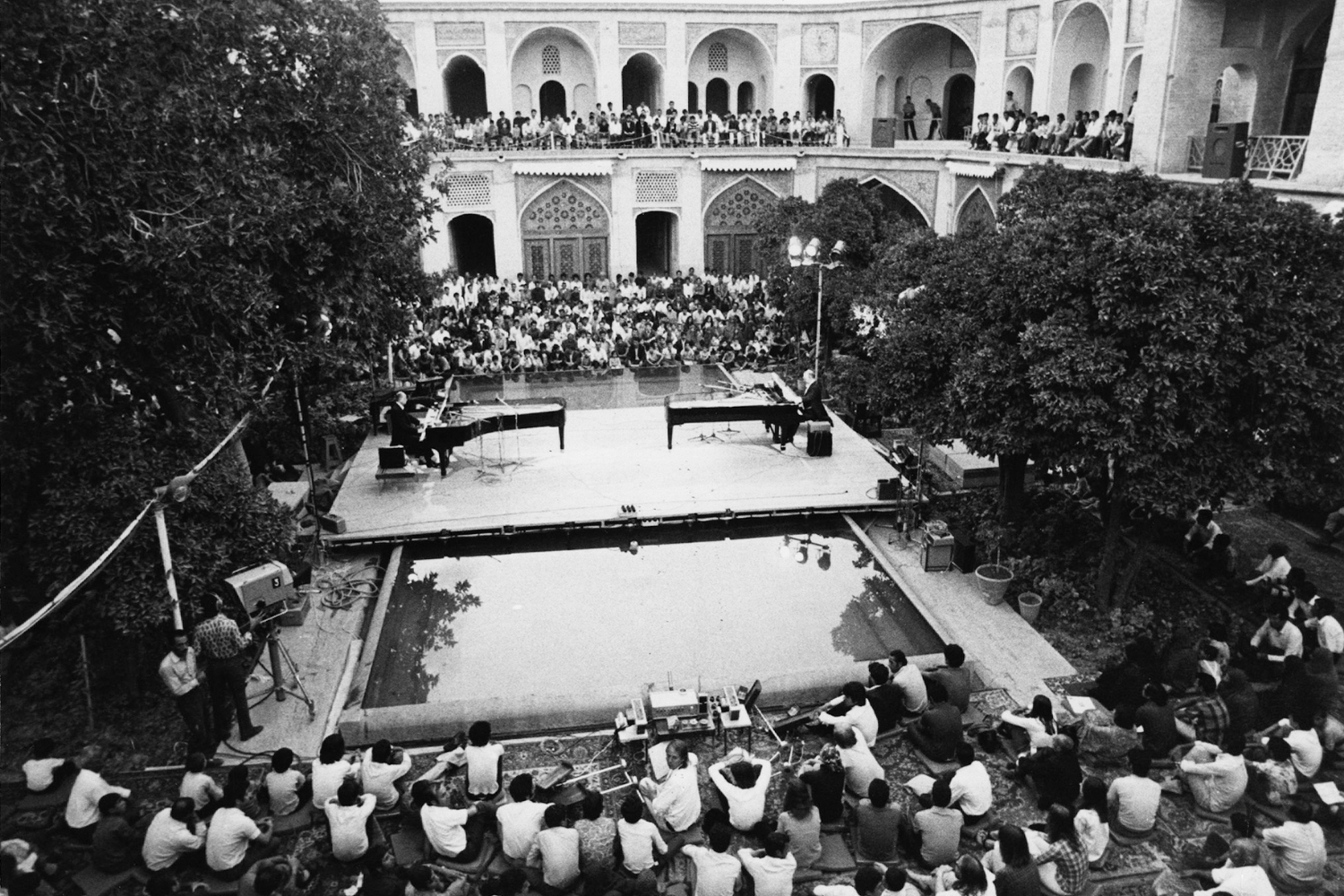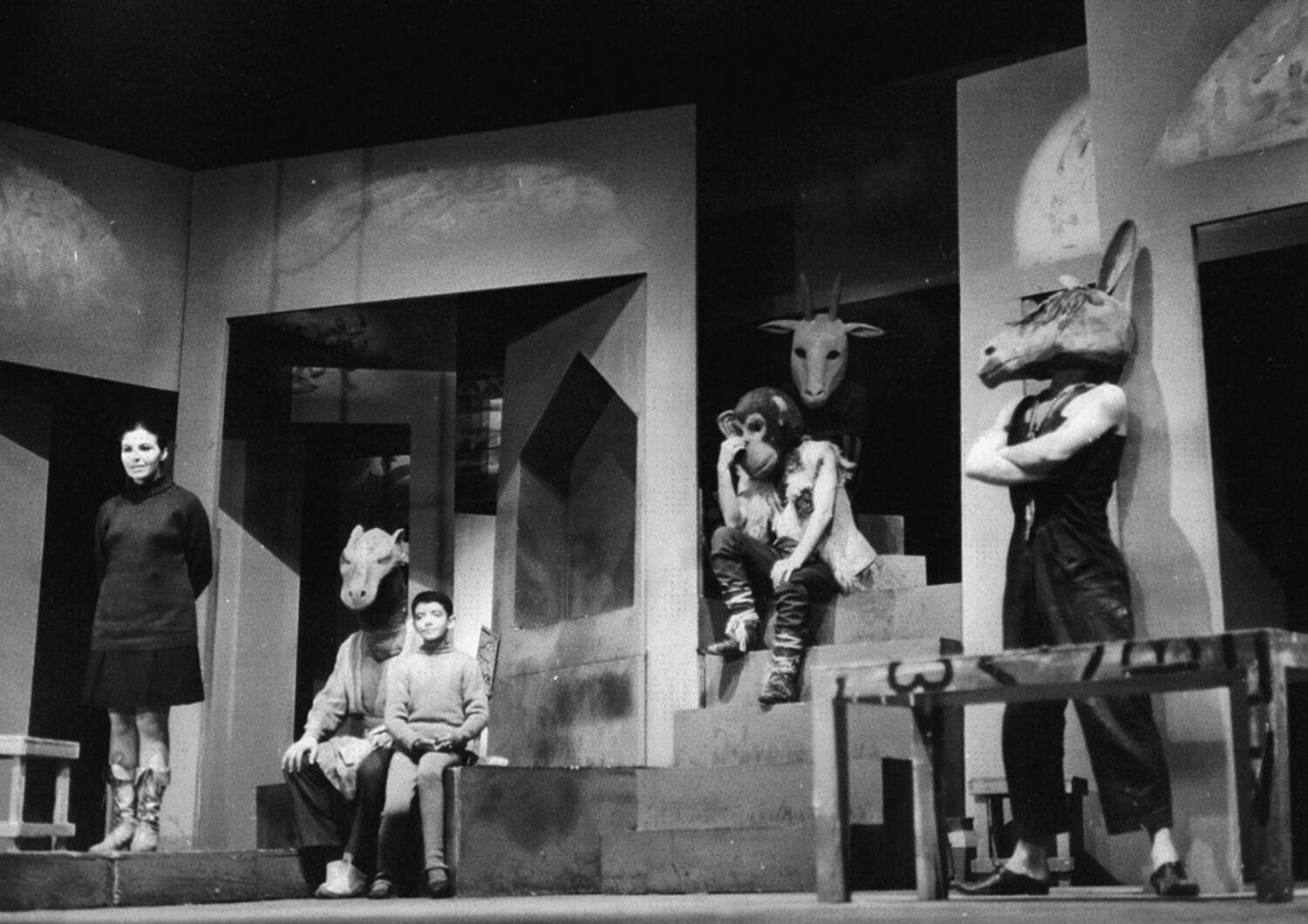Remembering The Shiraz Arts Festival (1967-1977)
By Something CuratedIn 1966, the idea of organising an international festival to honour Iran’s traditional artistic heritage, nurture burgeoning creativity, and elevate the nation’s cultural standing was initiated by Queen Farah Pahlavi, known as the Shahbanu in Persian. The vision encompassed the goals of promoting a broader appreciation of Iranian artists’ work, introducing foreign artists to Iran, and familiarising the nation’s public with the latest creative developments from around the world. The task of shaping and implementing this concept was entrusted to Reza Ghotbi, who at the time served as the Project Manager for Television at the Plan Organisation and later went on to become the Director of the National Iranian Radio and Television firm.

So it was that the Shiraz Arts Festival was born, taking place in Iran annually from 1967 to 1977. The festival primarily featured music, drama, dance, and film, weaving a rich tapestry of artistic expressions. Commencing at 10am each morning and concluding as late as 2am the following day, the festival spanned various venues, ranging from ancient to modern, some natural, some formal, and others improvised. The sites included the ruins of Persepolis – the ceremonial capital of ancient Persia – Naqsh-e Rostam, Hafezieh, Bagh-e Delgosha, Narenjestan, Bazaar-e Vakil, Jahan-Nama Garden, Saray-e Moshir and a concert hall on the Shiraz University campus. The festival transcended temporal and geographical boundaries, rejuvenating traditional forms, honouring classical art, cultivating experimentation, and fostering a meaningful dialogue across generations, cultures, and languages.

The Shiraz Arts Festival was known for its unique approach in commissioning works from trailblazers of contemporary music, as well as avant-garde theatre and dance. These works embodied a remarkable fusion of Eastern and Western influences. Through the initiative, many Iranians were introduced to diverse traditional arts from Asia, Africa, and Latin America, often marking their first encounter with these artistic languages. They were exposed to a wide range of performances, including Indian raga music, Bharatanatyam, Kathakali, traditional music from Afghanistan, Egypt, Iraq, Korea, and Vietnam, Balinese gamelan, Japanese Noh theatre, Rwandan drumming, as well as traditional dances from Bhutan, Senegal, Uganda, and Brazil. This immersive experience opened audiences’ eyes to new perspectives.

Local visitors also had the opportunity to experience their own traditional music in a unique setting. Accomplished regional musicians showcased their work on an international stage, captivating vast audiences for the first time. As a result, traditional music gained fresh vitality, earned well-deserved recognition, and attracted a new fan base, particularly among the youth. The Shiraz Arts Festival also served as a platform for the revival of Persian storytelling and dramatic traditions, which unfolded on a grand scale. The festival celebrated a new generation of Iranian filmmakers alongside cinema legends from both the East and the West. It was also the birthplace of new Iranian theatre, where playwrights, directors, and actors intrepidly crafted and staged progressive plays in Persian.

The visiting artists, excited by the prospect of exploring and innovating within a unique environment, willingly accepted minimum fees for their commissioned work. Many of them even offered world premieres of their creations without charge, eager to be a part of this exceptional project. Every year, tens of thousands of enthusiastic spectators had the privilege of attending the festival in person, while millions more had the opportunity to enjoy recorded programmes on national television. The festival initially operated fairly modestly but swiftly grew in scale, reaching a production budget of $700,000 by 1977. While the state provided partial subsidies, the majority of the budget was covered by the National Iranian Radio and Television organisation.

The 12th Festival of Arts had been planned to commence on 3 September 1978, coinciding with the conclusion of Ramadan. However, at that time, Iran was grappling with a profound economic crisis exacerbated by the politics surrounding oil. The country was caught in the midst of a widespread uprising that would eventually lead to the 1979 Islamic Revolution. While the patronage of the arts had a longstanding history in Iran, with artists championed and platformed by both public and private institutions for well over a century, what really set the Shiraz Festival of Arts apart was, unlike other international perspectives that often marginalised the “Third World,” the festival embraced an ethos of equality, triumphantly placing the Global Majority on centre stage.
Feature image: The Shiraz Festival of Arts. Photo: Pinterest